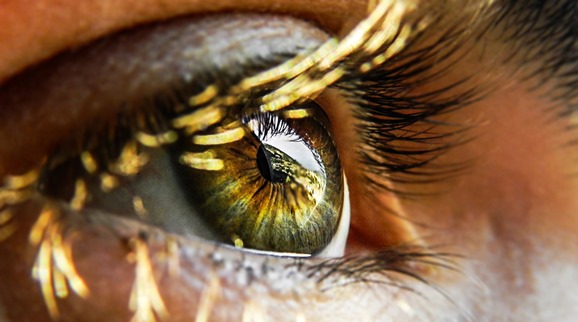Humans of Keratoconus – Amritpal

NKCF in DC!
November 17, 2017
Avedro Marks the First Anniversary of Availability of the Only FDA Approved Corneal CrossLinking Treatment in The U.S.
November 22, 2017Humans of keratoconus is our patient profile, a way to invite people with keratoconus to share they’re KC journey.
Meet Amritpal (Amri for short), college student, photographer, CXL recipient.
1. What was it like when first diagnosed?
When I was first diagnosed at the age of 16, I had mixed emotions. I was upset that my vision problems weren’t simple and easy to correct. I was slightly happy to finally know why I had such terrible vision and why the cost for my glasses was so expensive.
2. Any advice for a newly diagnosed KC patient?
My advice would be to remain calm and get CXL as soon as possible to prevent vision from getting worse. The CXL is a fairly simple procedure for the patient and sounds scarier than it really is.
3. How long did it take to decide to have CXL?
I immediately wanted to get CXL done to prevent the KC from getting worse. I was diagnosed by my Ophthalmologist Dr. Hersh, and the recommended plan was to get CXL as soon as possible to halt the progression.
4. Were you nervous or hesitant?
I knew that I had to get this procedure done so I wasn’t too hesitant. When I got all the paperwork (It was a clinical trial), I was slightly hesitant because the procedure sounded scary.
5. Any significant changes with procedure noticed? Any changes since then?
My vision has remained fairly stable since the CXL, which allowed me to get fitted for specialty lenses. My vision has remained stable and it has been 4 years since the CXL in my left eye.
6. Any advice for patients considering CXL or hesitating to undergo procedure?
The procedure for CXL is fairly simple for the patient. I was hesitant at first, worried about pain and discomfort during the procedure. As the CXL procedure finished, I was surprised because I expected more. When I had the procedure done in my other eye 2 years later, I was much more calm and relaxed. I would recommend anybody who needs to get CXL, to get it.
7. What do you do for fun? Hobbies/interests?
In my free time I like to watch Netflix. I have gotten into photography and graphic design. With any free time I have, I like to watch tutorials or tips about graphic design and taking amazing pictures.
Photography can be difficult for anybody with KC. Whether it is travelling to locations to take pictures, or to look through the viewfinder to take the picture, KC makes it difficult. I occasionally play soccer or football with friends and it can be difficult for KC patients to see across a large distance. (see above for a photo of Niagara Falls taken by Amri)
8. What are you studying for? What pushed you in that direction?
I am pursuing a bachelor’s degree in Biology at NJIT. I will be applying to the SUNY School of Optometry. I’m determined to pursue a career doing what others have done for me, help me see the best I can. If I had not been diagnosed with KC, I do not know what I would be doing. This entire experience showed me the importance of the eyes and the impact that Optometrists can make. If it were not for my Optometrist, I would not be able to live the life I do without being dependent on others. I want to help others achieve their dreams the same way my Optometrist has. I have had such a wonderful experience with everyone at Cornea Laser Eye Institute, and I want to help others to experience the same. Before my KC diagnosis, I did not know the significance that Optometrists make. But now I know that I could not do half the things I do without their help.
9. What are some challenges that you have overcome living with KC?
One of the biggest challenges I faced was to drive. Anybody with KC can tell you how difficult it is to drive at night. I can not drive at night without my specialty contact lenses. KC makes all the lights too bright and makes driving nearly impossible. I overcame this challenge with the help of my Optometrist and was able to drive at night without much difficulty.
10. Best tips or one tip to handle KC?
My tip on handling KC is to get specialty lenses. Before my lenses, I could not see anything with my glasses. Now I can’t imagine life without them! I see 20/20 with both eyes now.
Another tip would be to ask your Ophthalmologist for prescription eye drops to help with the itchiness and discomfort which is a side effect of KC. It can really help.
Thanks for sharing your KC story, Amri!
If you would like to be a part of the Humans of Keratoconus project and share your KC journey, contact us! *we are currently looking for someone who’s received Intacs.
Humans of KC - Patient Profile
Share with us your KC journey! Be spotlighted through our patient profile.



